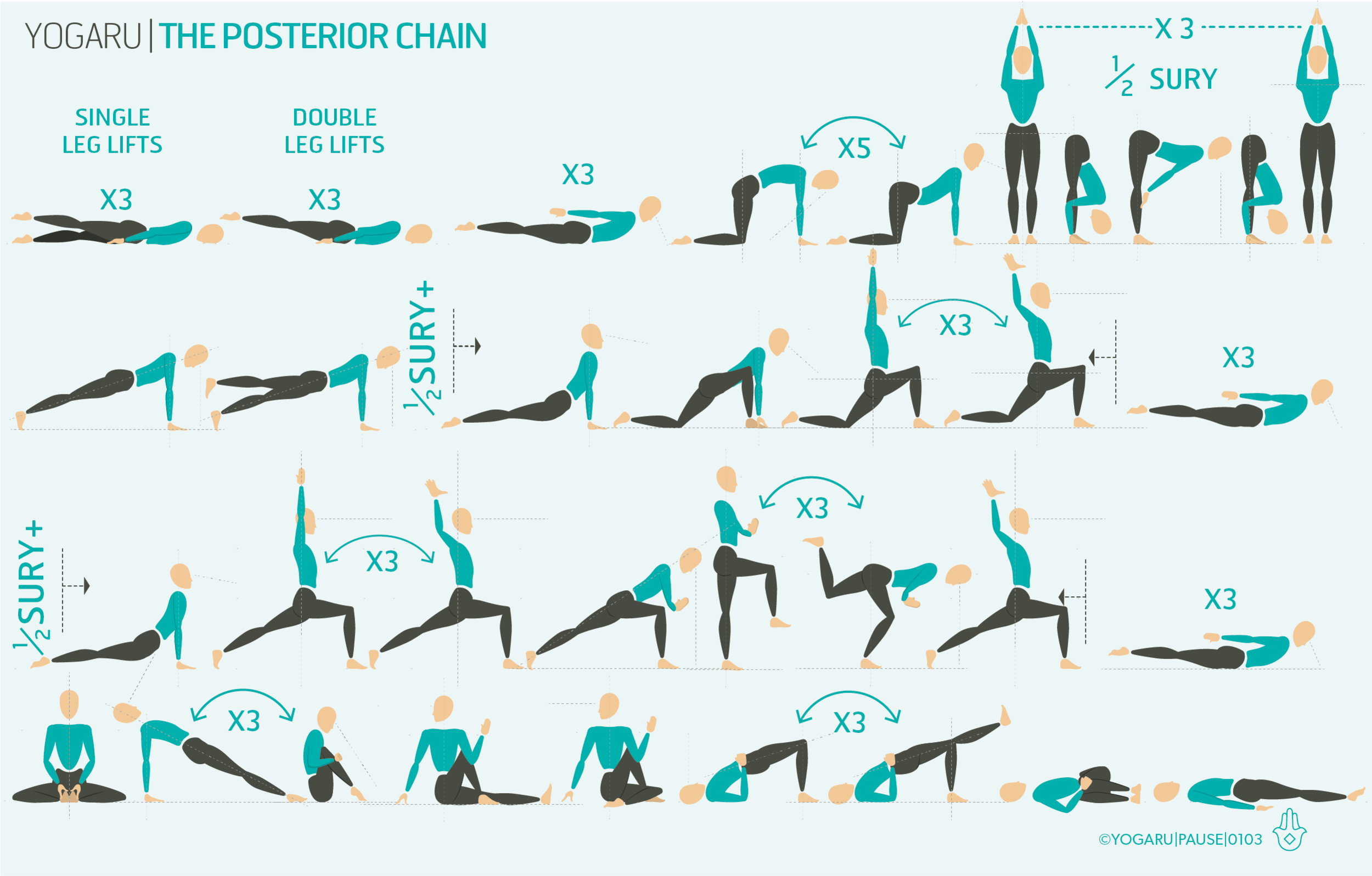BRINGING IT ALL TOGETHER
After teaching some Christmas restorative workshops I am reminded of the profound effect of consciously bringing the body to a state of complete relaxation. My intention for 2020 is to incorporate more restorative poses into my home practices, starting with these three simple mini flows. These three sequences give plenty of variety for the new year and help you settle at the end with a different restorative pose as an alternative to Savasana. Savasana is one of the most beneficial of the yoga poses but it’s all too tempting to roll up your mat at the end of a short home practice and jump back into your busyness. Incorporating a restorative pose will give you all the additional benefits of restorative yoga and help you to take that important pause to assimilate the practice before you move on.
BENEFITS OF RESTORATIVE
A lovely way to think of restorative yoga is ‘our body sleeps and our mind watches’. Our muscles can still be firing in different stages of sleep, particularly in a dream state. In restorative we consciously scan for any little bits of held tension in the body and mind and send signals to melt it away.
One of the main benefits of yoga, restorative yoga in particular, is that through the nervous system it strengthens the immune system. It does this with the breath which stimulates the vagus nerve, bringing the body into the rest, digest and restore response. This creates optimal conditions for the functionality of the organs of the body and strengthens the immune system, relieving symptoms of chronic stress, fatigue and tension.
EXPLORING MINI FLOWS FOR 2020 IN YOUR PRACTICE
These mini flows give you three new versions of the most downloaded themes from the website – stress relief with some hip opening and forward folds; energy bursts with twists and arm balancing poses; and immune system with plenty of twists and backbends to stimulate the digestive system where 80% of the immune system is made.
ALIGNMENT CUES
Below are the alignment cues to help you navigate the restorative poses. Comfort is king when practising restorative. Use plenty of props to find ultimate comfort. You don’t need to have an array of official yoga props. You can improvise with household items that can do just as good a job. The props you’ll need for these restorative poses are – a bolster, or use two stacked cushions; two yoga bricks, or two thick dictionaries; two to four yoga blankets, or regular blankets. I’m a big fan of blankets even if you are not feeling cold. The added weight on the body triggers sensors on the skin and tells you that you are safe and secure.
STRESS RELIEF - RESTING SAVASANA
Start lying on your back with a folded blanket under your head, a bolster under the creases of your knees and a blanket over you. Legs and arms extended, palms facing up, lift your buttocks and slide the flesh of the buttocks downwards. Feet gently flop out to the sides. Shoulders melt to the floor. Eyeballs become heavy in their sockets, skin on the forehead smooth as silk. Soften the temples and find ease in the tiny lines around the eyes.
ENERGY BURSTS - BLISSFUL BANANA
Make a pillow with a brick and a blanket on top of it at the top of the mat, place an additional brick above this at arms reach. Place your bolster horizontally on your mat with a space between your bolster and pillow. Sit with your right hip next to the long edge of the bolster, knees bent. Lengthen the spine along the mat and nestle the bolster into the curve of your waist. Place your head on your pillow, your shoulder in the space between your props and extend your right arm forward. Extend your left arm overhead and place it on the brick. If the raised arms doesn’t suit you bring your arm down and place it on your right arm. Repeat on the left side.
IMMUNE SYSTEM BOOST - BOLSTER TWIST
Place your bolster vertically along the left side of the middle of your mat. From lying, with a blanket under your head, extended both legs out along the mat and roll your hips to your left, bend your right knee and place it on the support of the bolster, left leg remains extended. To feel this twist let your upper body and right shoulders settle down onto the mat. Bring your arms to cactus position, with arms lifted and elbows bent either side of the body, gaze over your right shoulder. If the twist is too intense add a folder blanket under your knee on the bolster. If the raised arms doesn’t suit you bring your arms either side of the body palms facing up. Repeat of the left side.
To save the images for personal use click and hold down the image until the ‘save image’ option appears; on Mac hold down ‘control’ and click the image to get the option box; on PC right click on the image to get the option box. Scroll down in the ‘option box’ and click ‘save image’.
Ruth Delahunty Yogaru




